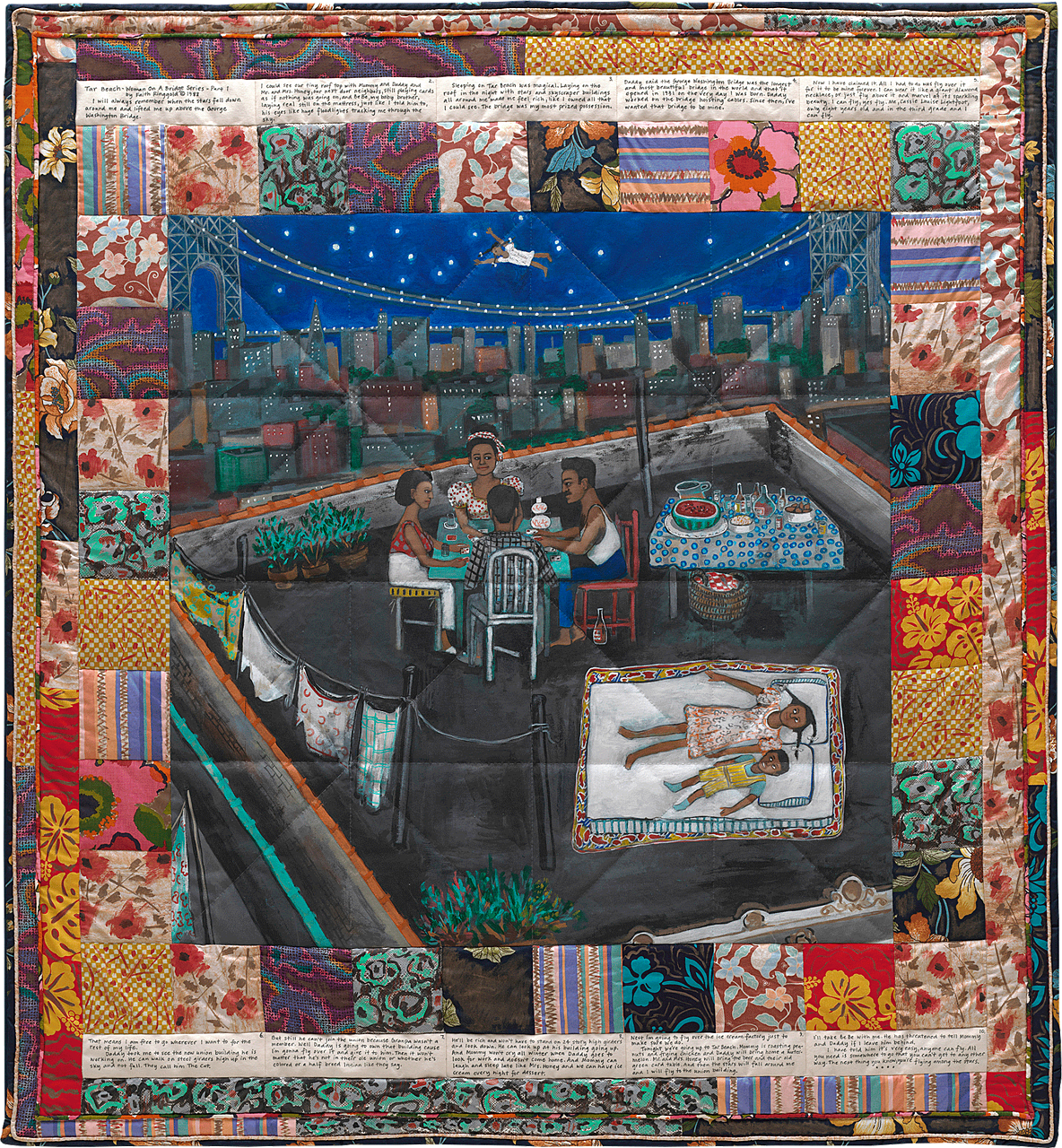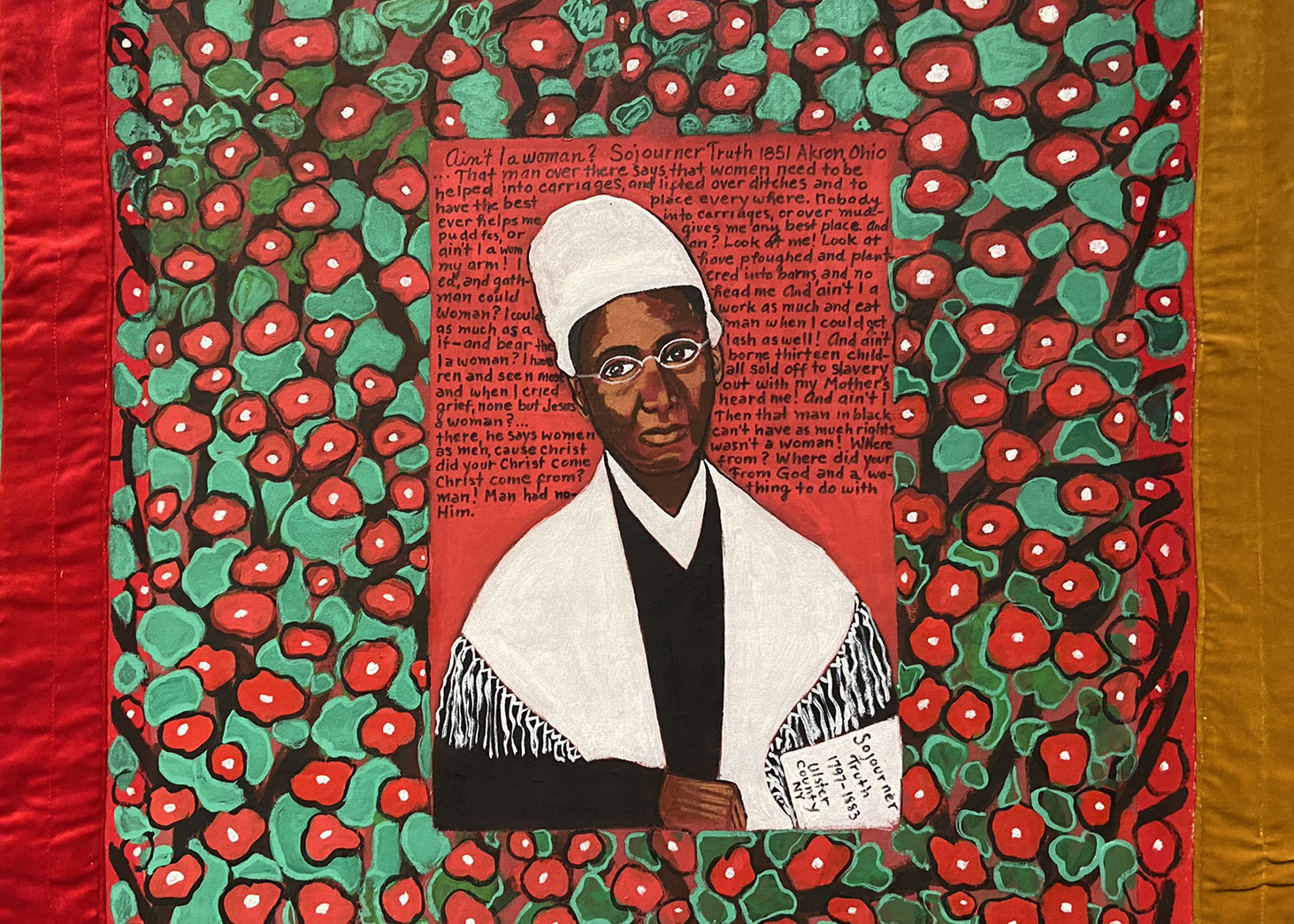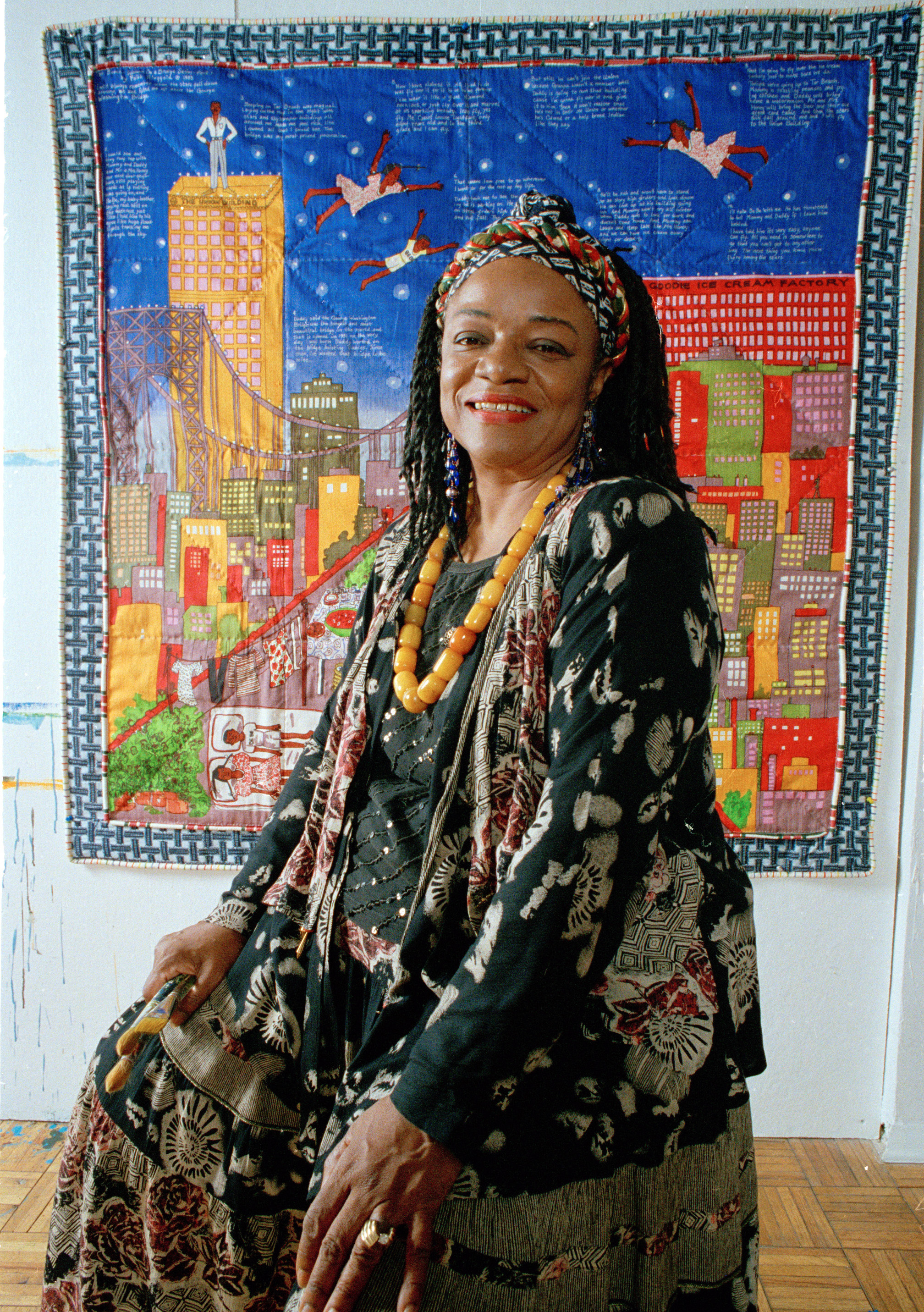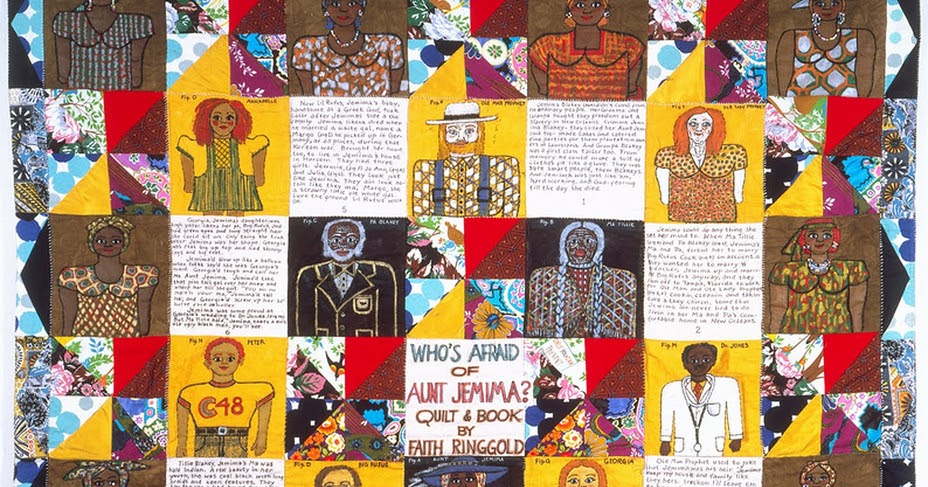Faith Ringgold

Faith Ringgold grew up in the cultural whirlwind of Harlem, born in 1930 and cradled by the stories of the Harlem Renaissance. Even as a young girl, she soaked up these oral traditions and learned quilting from her mother— skills passed down through generations of African American women. Over time, these roots became the foundation for her iconic ‘story quilts,’ merging fabric, painting, and lived experience into one vibrant tapestry.

Her early paintings, especially the ‘American People’ and ‘Black Light’ series of the 1960s, confronted civil rights head-on. From scenes of racial tension to bright, luminous portraits centering Black identity, Ringgold put a mirror to America’s social climate. She also made waves as an activist—co-founding groups such as ‘Where We At’ and WSABAL (Women Students and Artists for Black Liberation), championing the representation of Black women artists in galleries and museums that had ignored them for far too long.

By the 1980s, Ringgold was weaving entire histories into her quilts. ‘Who’s Afraid of Aunt Jemima?’ reclaimed a hurtful stereotype, transforming it into a tale of resilience and entrepreneurship. ‘Tar Beach’ soared as both a patchwork masterpiece and a beloved children’s book—inviting readers to imagine themselves flying over the George Washington Bridge, free from any barriers that might hold them down.

Ringgold’s impact stretches far beyond gallery walls. She was arrested in 1970 for protesting racial injustice in the art world, championed feminist causes, and taught as a professor at UC San Diego, always working to expand opportunities for Black and women artists. Through the Anyone Can Fly Foundation, she further opened the door for young people to celebrate African American art and heritage. Today, her story quilts remain a living record of courage, creativity, and the unwavering power of a community’s collective voice.

?
In what ways did Ringgold’s early ‘American People’ paintings confront racial tensions of the 1960s?
Why was it groundbreaking for Ringgold to merge quilting—a traditionally domestic craft—with fine art?
How did Faith Ringgold’s activism shape both her artwork and the art institutions of her time?
What impact do you think Ringgold’s children’s books have on how young readers view African American history?
How do story quilts like ‘Who’s Afraid of Aunt Jemima?’ challenge harmful stereotypes?
Why might the rooftop setting of ‘Tar Beach’ symbolize freedom and possibility for Ringgold?
How do we see Ringgold’s family heritage and community tradition reflected in her art?
Dig Deeper
Ninety-year-old artist Faith Ringgold is best-known for her story quilts – a patchwork of lush, colorful and daring images with a story written right onto the fabric. Correspondent Nancy Giles talks with Ringgold, who for decades refused to bow to convention during her career, as she stitched a vibrant tapestry of art, history and social commentary, currently featured in an exhibition at the Glenstone Museum in Potomac, Maryland.
Discover more

Hannah Höch
Hannah Höch refused to stay in the background. In an art world dominated by men and shaped by war, she used scissors and satire to carve out her own space. She proved that women weren’t just muses or helpers—they were visionaries, revolutionaries, and rule-breakers. Her work dares us to remix the world as we see it, to find power in fragments, and to never settle for a single definition of who we are.

Barbara Kruger
Barbara Kruger’s work is a masterclass in speaking truth to power. She uses the tools of mass media not to sell, but to subvert, to interrupt the daily scroll of consumption with urgent, unforgettable questions. Her white-on-red commands force us to confront the systems we’re often too busy to question: capitalism, patriarchy, surveillance, conformity. Her work isn’t quiet, it’s confrontational. And that’s the point. In a world of endless noise, Kruger reminds us that boldness still breaks through.

Jacob Lawrence
Jacob Lawrence showed how art can bring hidden histories to life, that each person’s story matters and can reshape the way we see the world. His work reminds us that art is a witness, a teacher, and a vessel for truth.
Further Reading
Stay curious!
